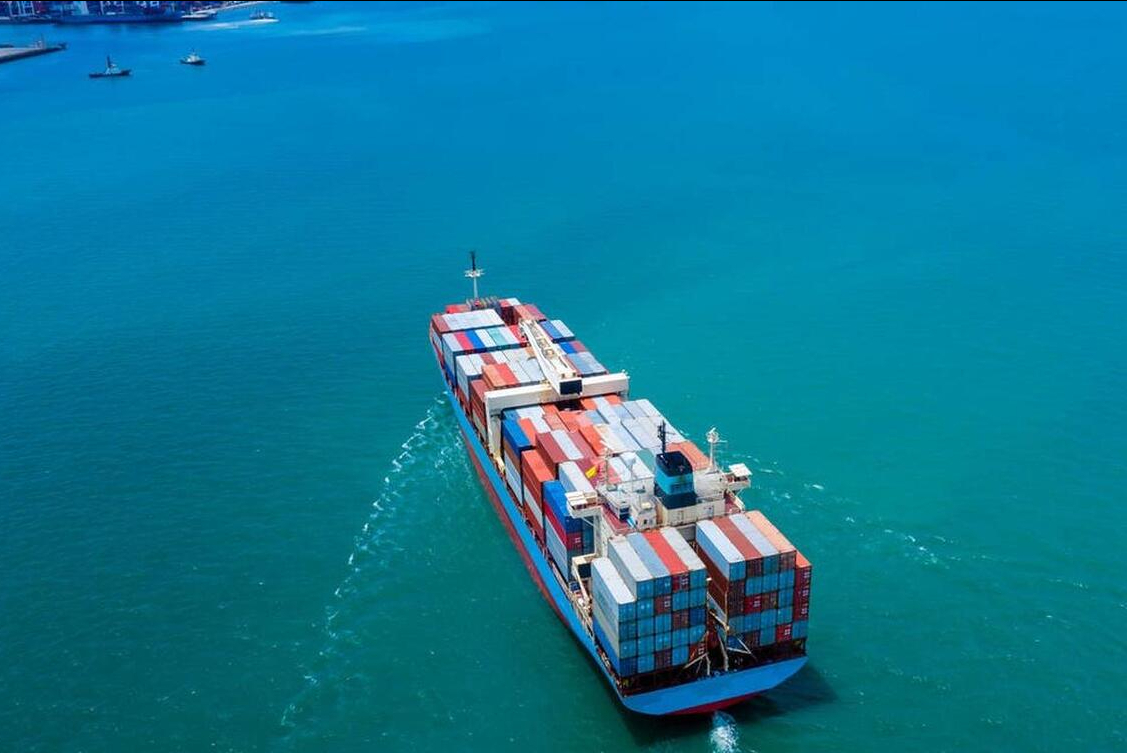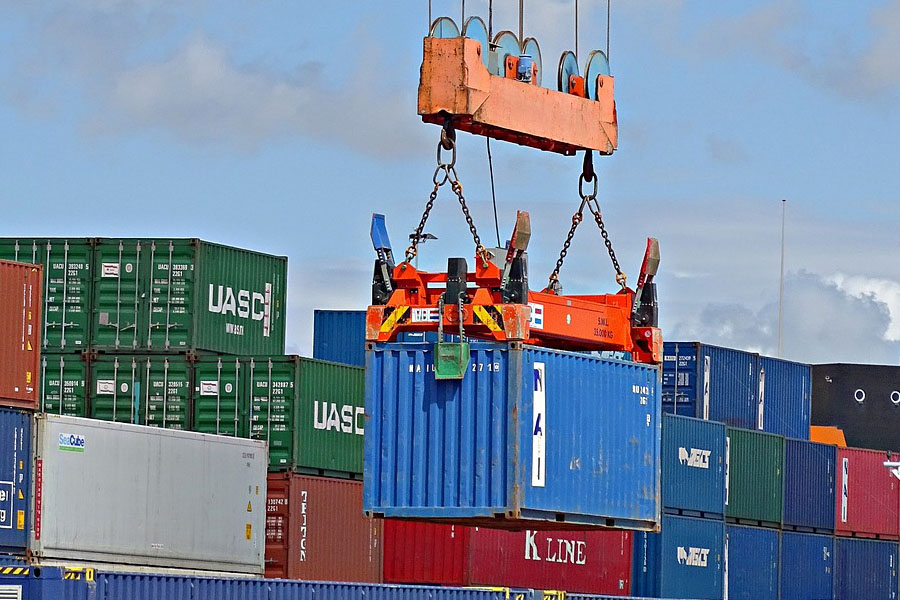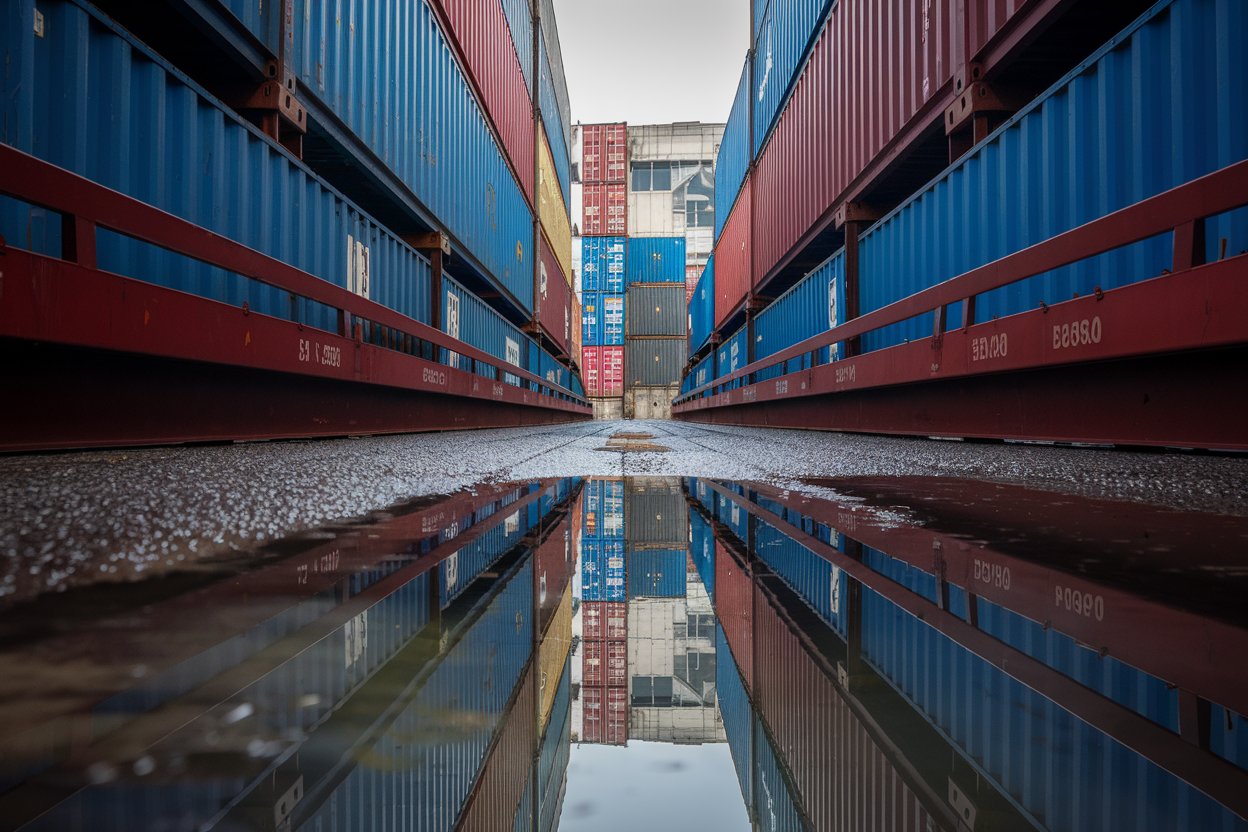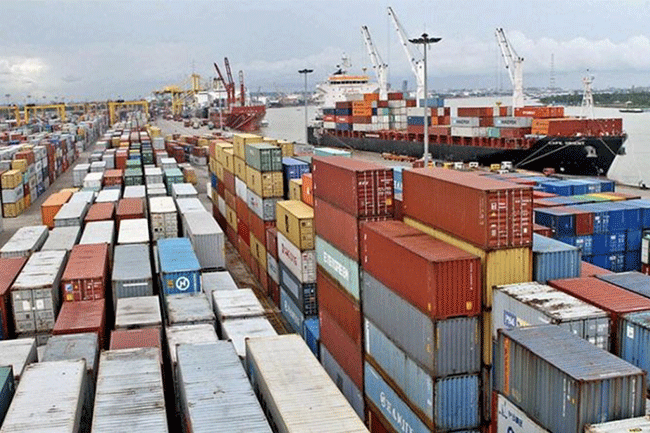- Shanghai Zhongshen International Trade Co., Ltd. - Two decades of trade agency expertise.
- Service Hotline: 139 1787 2118
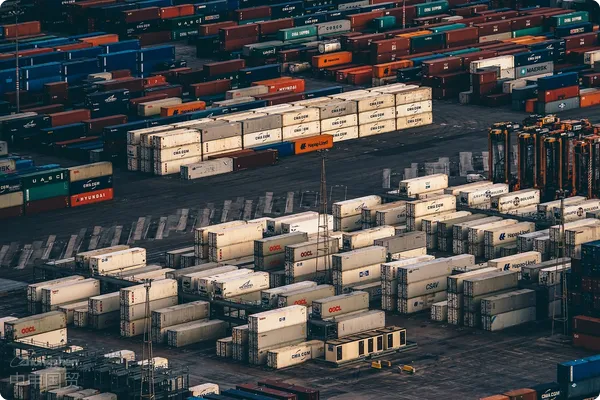
Contents
ToggleMedical EquipmentImport ClearanceIndustry status quo and challenges
2025Medical EquipmentThe total import volume is expected to exceed $50 billion, yet the rejection rate for customs clearance of Class II and III medical devices remains as high as 23%. Precision instruments such as medical ultrasound equipment and hemodialysis devices often faceHS code classification deviationsA tariff differential occurred, and an importer of orthopedic implants once incurred a penalty of 370,000 yuan in late fees due to a 0.5% misjudgment in the tax rate.
Four Key Selection Criteria for Professional Agency Services
- Medical Device Business License Certification
- Verify the "Customs AEO Certification Certificate" of the agency company.
- Confirmation of possessing Class II/III medical device filing certificates.
- Experience in specific category operations
- In vitro diagnostic reagents require cold chain logistics record certification.
- Emergency Plan for Port Hoisting of Large-Scale Imaging Equipment
- Logistics capability indicators: VMI inventory turnover rate in bonded warehouses, qualifications for transporting hazardous chemicals/constant - temperature (some sensors contain precision electronic components).
- EU-US Medical Device Country of Origin Certification Services
- Japan-South Korea Medical Supplies Fast-Track Customs Clearance Channel
- Emergency response mechanism
- Complete the tariff classification reconsideration within 48 hours.
- 72-hour anomaly reporting issue traceability
Analysis of Key Nodes in the Entire Customs Clearance Process
- Pre-audit price filing stage
A German CTEquipment ImportsThe case shows that preparation should begin six months in advance.Technical Specifications DocumentandOriginal Factory Price Structure Table, successfully reducing the dutiable value by 12.7%.
- Medical Device Registration Certificate Matching
Please note that different models correspond to different registration certificate numbers, and starting from 2025, a mandatory UDI code verification step will be added.
- Special requirements for health quarantine
Implantable devices require an ethylene oxide sterilization residue test report, with the sampling and testing period extended by 5 working days compared to regular products.
Typical risk scenario response solutions
- Lack of technical information
When importing ventilators into the United States, the FDA 510(k) documents were inadvertently omitted. A professional agent avoided the entire container's return by utilizing the pre-recorded manual mechanism.
- Handling of Tax ID Disputes
In a classification dispute case involving an endoscope component, the agency retrieved three years of customs clearance data for similar products to complete the appeal.
- Timeliness guarantee
Develop a segmented transportation plan that coordinates the port, airport, and bonded warehouse, reducing the customs clearance time for emergency equipment to 72 hours.
The Value Composition of Agency Service Fees
Data from the Provincial Drug Administration shows that medical equipment importers who entrust professional agents saw a 41% reduction in annual compliance costs and an average customs clearance cycle shortened by 8 working days. The cost structure typically includes:
- Basic operating fee (accounting for 30%-45% of the total cost)
- Risk Guarantee Deposit (charged at 0.8%-1.2% of the cargo value)
- Value-added service package (including annual tariff forecast report, etc.)
Enterprise Scale Adaptation Recommendations
- Start-up enterprises: Choose a comprehensive agency that provides full-process hosting services.
- Medium-sized distributor: Focus on assessing regional customs clearance resource integration capabilities.
- Group Purchaser: Customize a dedicated customs management system to integrate with ERP.
Related Recommendations
? 2025. All Rights Reserved. Shanghai ICP No. 2023007705-2  PSB Record: Shanghai No.31011502009912
PSB Record: Shanghai No.31011502009912
